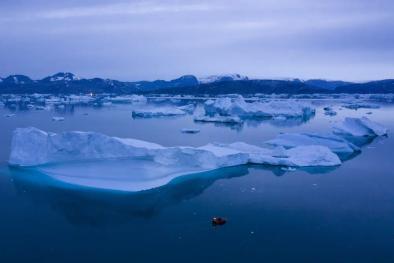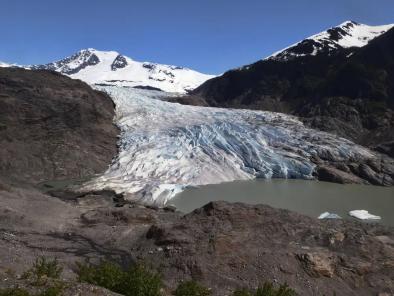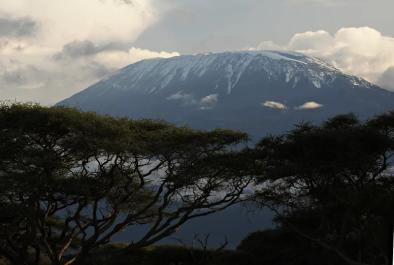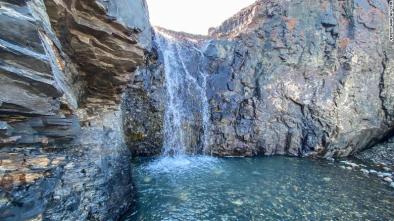Science Source
Massive collapse of two glaciers in western Tibet in 2016 after surge-like instability
- States that surges and glacier avalanches are expressions of glacier instability
- States that until now, the catastrophic collapse of a glacier, combining the large volume of surges and mobility of ice avalanches, has been reported only for the 2002 detachment of Kolka Glacier (Caucasus Mountains), which has been considered a globally singular event
- Reports on the similar detachment of the entire lower parts of two adjacent glaciers in western Tibet in July and September 2016, leading to an unprecedented pair of giant low-angle ice avalanches
- Finds that the twin collapses were caused by climate- and weather-driven external forcing, acting on specific polythermal and soft-bed glacier properties on the basis of satellite remote sensing, numerical modelling and field investigations
- Results show that these factors converged to produce surge-like enhancement of driving stresses and massively reduced basal friction connected to subglacial water and fine-grained bed lithology, to eventually exceed collapse thresholds in resisting forces of the tongues frozen to their bed
- Concludes that large catastrophic instabilities of low-angle glaciers can happen under rare circumstances without historical precedent
Related Content
Headline

Jan 25, 2023 | Climate Nexus Hot News
Greenland Warmest Since Before Norman Invasion Of England
Headline

Jan 6, 2023 | Climate Nexus Hot News
Urgent Climate Action Can Limit, But Not Prevent, Glacier Loss
Headline

Nov 8, 2022 | Climate Nexus Hot News
UNESCO Glaciers Doomed And Threatened By Climate Change
Headline

Jul 21, 2022 | CNN
A 'Not Normal' Amount Of Greenland's Ice Melted Last Weekend


